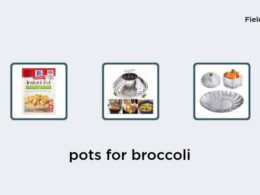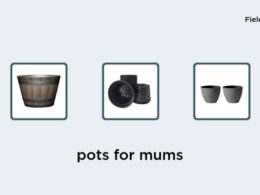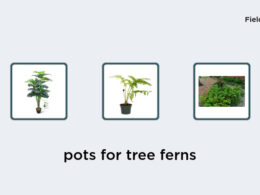Is a Greenhouse Better than Direct Sunlight?
As a home and garden expert, one of the most frequent questions I get asked is about the benefits of greenhouse growing over direct sunlight. Greenhouses are a popular choice among gardeners because they provide a controlled environment that can help produce healthy and nutritious fruits and vegetables. In this article, we’ll take a look at why greenhouse growing may be a better choice than direct sunlight.The Benefits of Growing in a Greenhouse
Greenhouses come with a range of benefits, including:- Protection from pests and disease
- A controlled growing environment
- Protection from weather events like strong wind, hail, and snow
- The ability to grow plants year-round
- Increased crop yields due to a longer growing season and better growing conditions




















